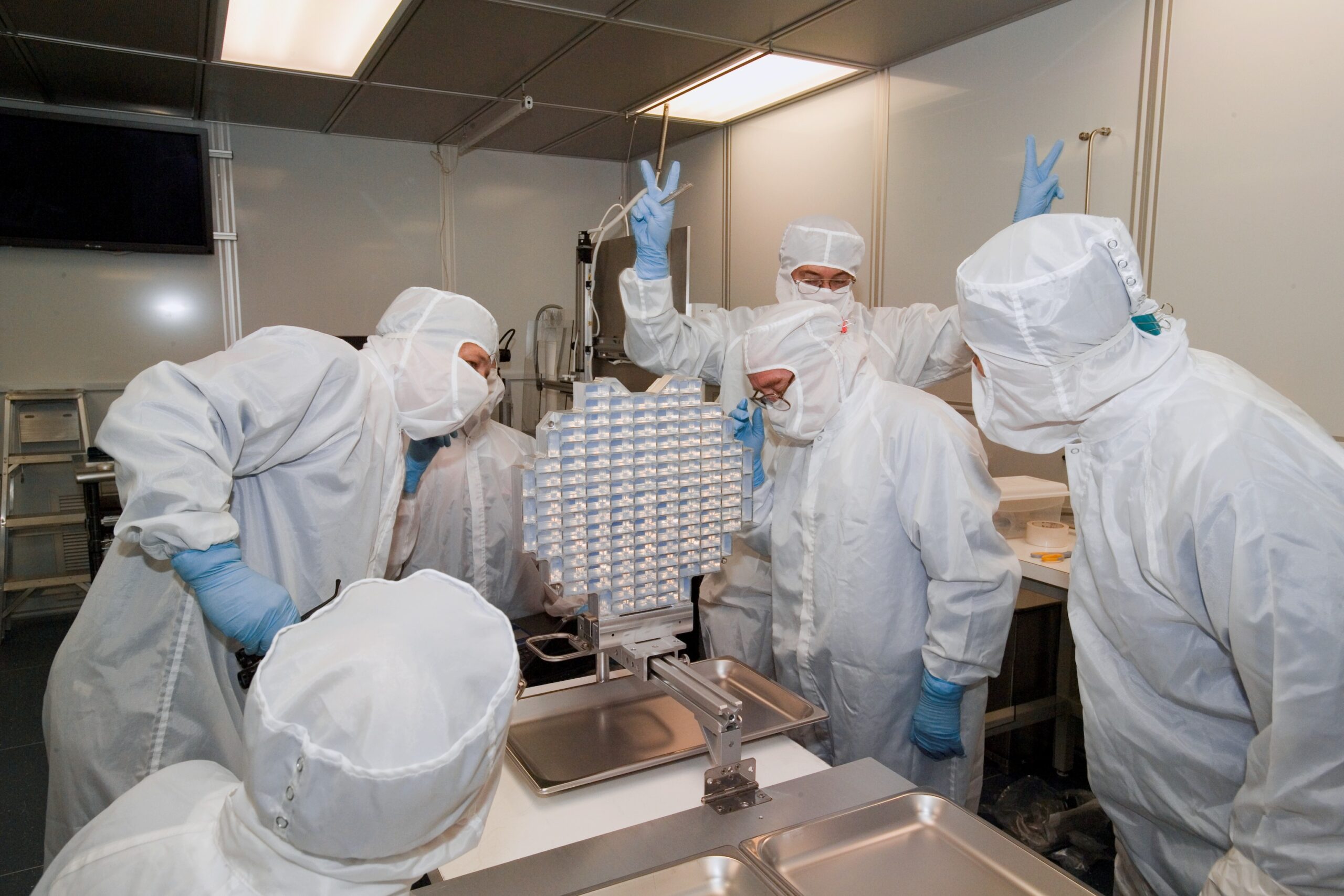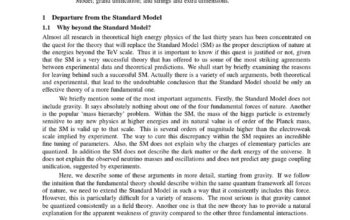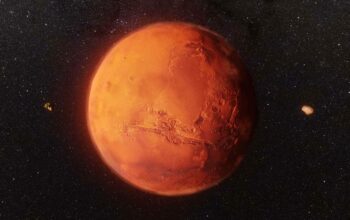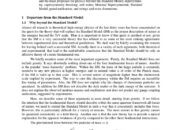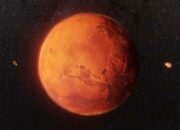The return of comet samples to Earth constitutes a remarkable achievement in the annals of planetary sciences, heralding a new era of understanding regarding the decoupled dynamics of solar system formation and evolution. Comets—often referred to as the “dirty snowballs” of the cosmos—harbor primordial materials that predate the terrestrial planets. Their study not only elucidates the chemical and isotopic composition of the early solar system but also stimulates deeper inquiries into the genesis of organic molecules and the potential for life beyond our planet.
From a historical perspective, humanity’s fascination with comets is nearly as old as civilization itself. Ancient astronomers regarded these celestial bodies as omens or messengers, their ephemeral appearances igniting both awe and trepidation. Fast forward to contemporary times, and comets have transitioned from objects of superstition to subjects of rigorous scientific scrutiny. Advances in technology and space exploration have allowed the scientific community to sample these enigmatic remnants of our solar system in ways previously thought impossible. The return of comet samples signifies not only a leap in our technological prowess but also an enhancement of our cosmic perspective.
When contemplating the significance of cometary samples, one must appreciate the composition of comets themselves. Typically composed of ice, dust, and rocky materials, comets originate from the distant reaches of the solar system. Far beyond the orbits of Neptune, these celestial wanderers are propelled in and out of the inner solar system, influenced by gravitational interactions. It is within their icy cores that we find complex organic compounds and volatiles, remnants of the primordial cloud from which the solar system condensed. Thus, the analysis of these samples provides a unique glimpse into the conditions that existed over 4.5 billion years ago, when our solar system was in its infancy. The information gleaned from these samples encapsulates an era when the building blocks of life may have been delivered to Earth, offering tantalizing clues regarding abiogenesis and the genesis of our planet’s biosphere.
The advent of missions such as NASA’s Stardust and Japan’s Hayabusa has facilitated unprecedented access to cometary materials. Stardust, which successfully collected particles from Comet Wild 2 in 2004, provides tangible evidence for the composition and structure of comets. Subsequent analyses revealed silicate grains, crystalline materials, and organic compounds such as amino acids, reinforcing the hypothesis that comets and asteroids are potential nurseries for life. These findings deepen the pursuit of one of humanity’s oldest questions: How did life on Earth originate?
Moreover, the return of samples from celestial bodies underscores the interconnectedness of cosmic events and life on our planet. One of the more intriguing aspects of cometary research lies in its implications for extraterrestrial life. The notion that life may have been seeded on Earth through cometary impacts or delivered via the bombardment of organic-rich material is an alluring proposition that invites both scientific inquiry and philosophical reflection. This research not only broadens our astrobiological horizons but also solidifies our understanding of the delicate balance required for life to flourish.
As scientists painstakingly analyze the returned samples, they employ a myriad of advanced techniques, including isotope ratio mass spectrometry, scanning electron microscopy, and X-ray diffractometry. These methodologies unveil structural anomalies, compositional variance, and isotopic signatures that can be compared against terrestrial analogs. This comparative analysis elucidates the uniqueness of cometary material, allowing researchers to build comprehensive models of solar system evolution.
However, the journey of understanding cometary samples extends beyond mere analysis. The knowledge extracted from these entities forces us to confront deeper philosophical questions about our place in the universe. If we consider the vastness of cosmic time and the myriad of celestial bodies traversing the dark void, we must grapple with the likelihood that we are not alone. The study of comets serves to remind us of the intricacy and interconnectedness of life, organic chemistry, and astrophysics.
Furthermore, the return of comet samples poses essential ramifications for future space exploration. Understanding the characteristics of these remnants can inform our endeavors in planetary defense mechanisms. Recognizing the potential threats posed by near-Earth objects (NEOs) and devising strategies for mitigation requires an acute awareness of their composition and behavior. Knowledge obtained from cometary studies will undoubtedly bolster our preparedness for unforeseen cosmic events.
As we stand on the precipice of continuous exploration, the allure of comet samples remains potent. They serve as cosmic time capsules—untouched fragments that allow us to reconstruct the history of our solar system and contemplate the intricate tapestry of existence. The implications of these findings reach far beyond sheer academic interest; they extend into the philosophical realm and raise existential questions about our origins and destiny within the cosmos.
In sum, the return of comet samples to Earth completes a cosmic delivery that intertwines scientific inquiry with broader existential narratives. As we unveil the secrets held within these samples, we are not merely uncovering the history of our solar system but also embarking on a journey that challenges our understanding of life itself. The interface of comet exploration and astrobiology continues to provoke a sense of wonder—an insatiable curiosity that drives humanity to explore beyond the terrestrial confines of our planet.
